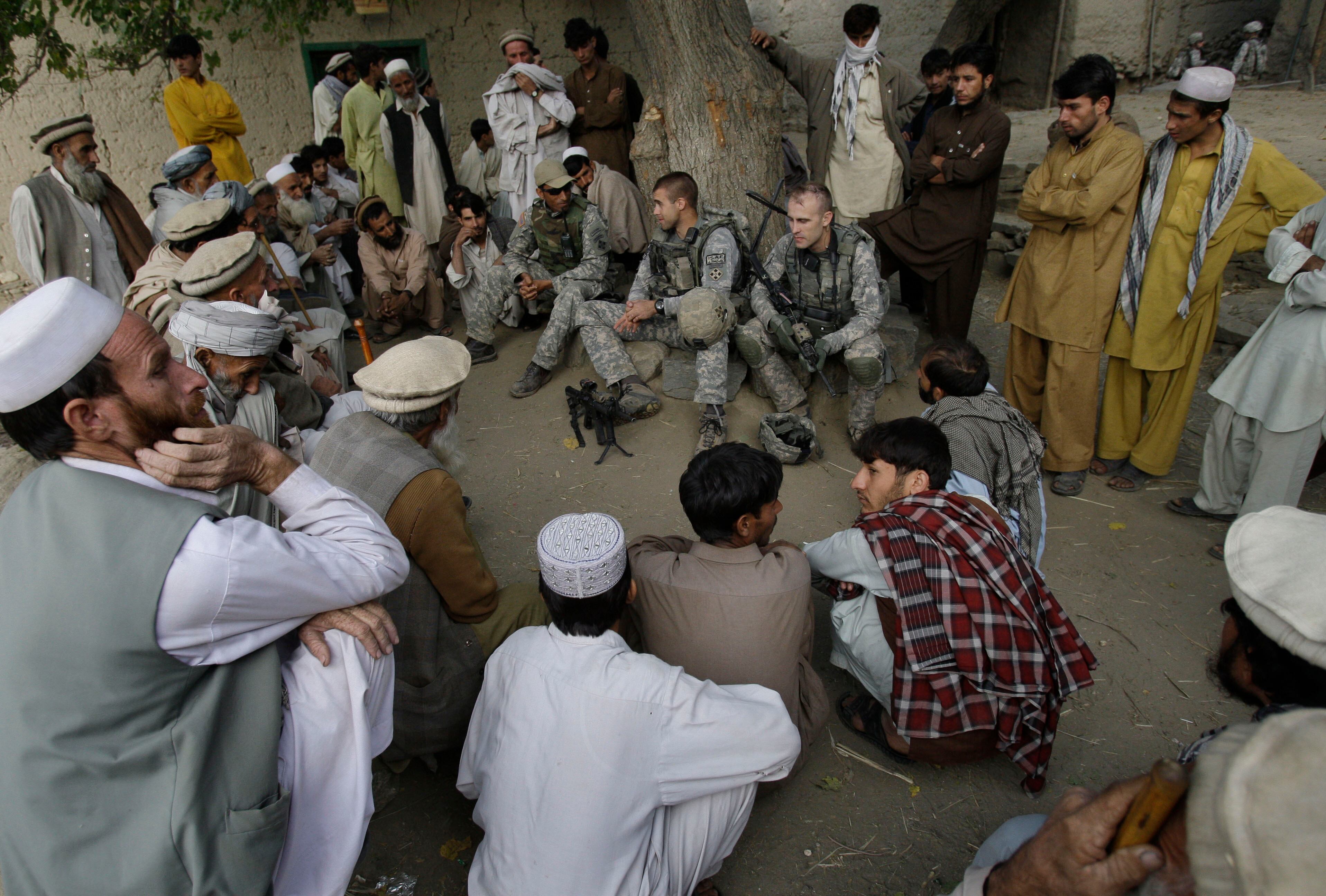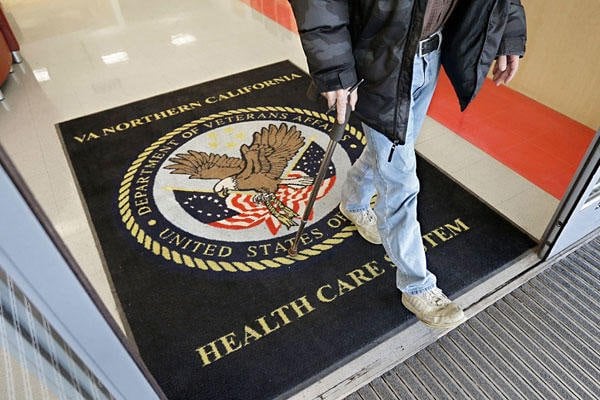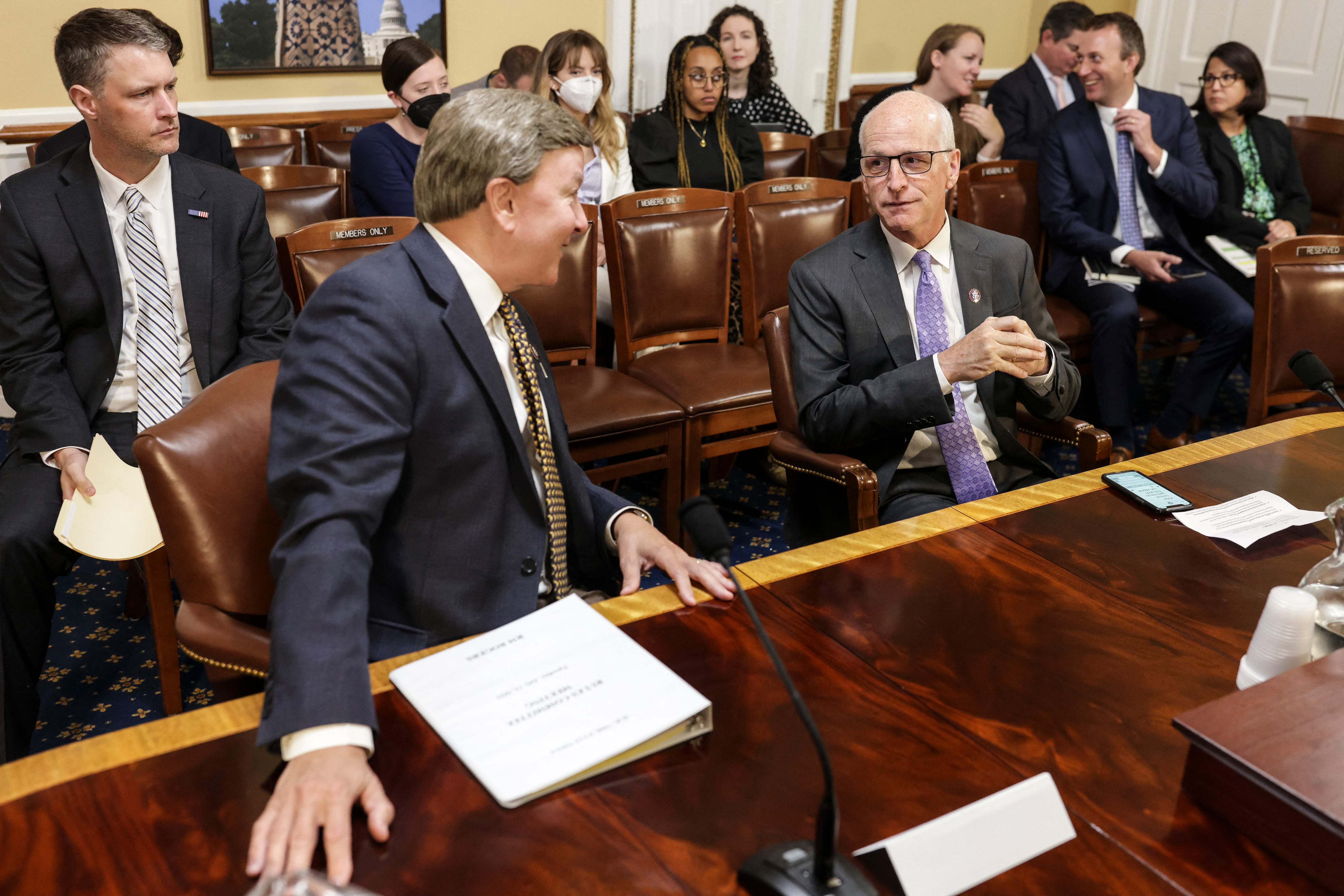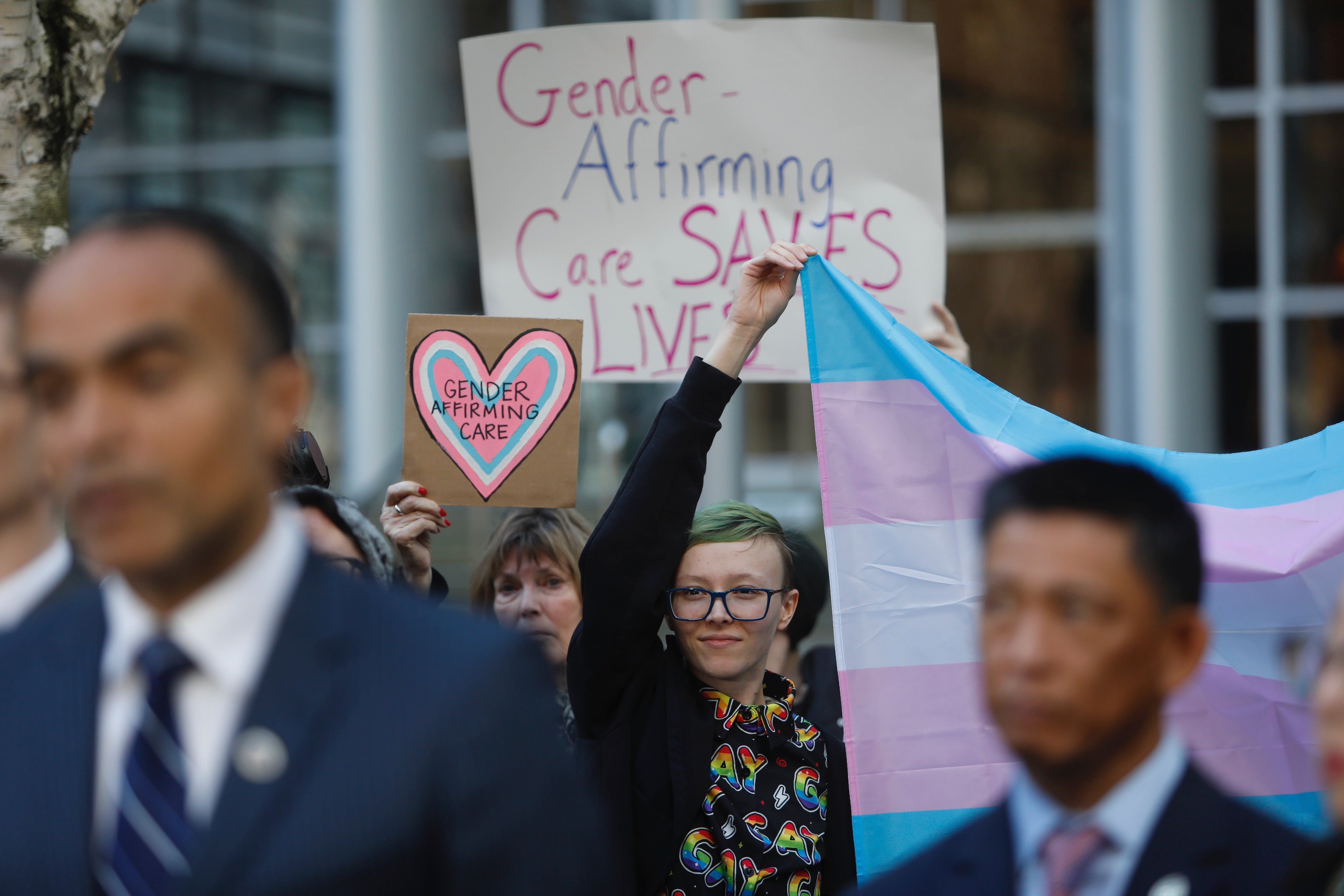It is time to consider what more we can do to help those Afghans who helped us through 20 years of war. As Congress debates legislation to support newly arrived refugees, why not create a “GI Bill for Afghan Allies” to give those men and women who bravely served alongside our military, humanitarian, and development organizations access to training and education at community colleges, state schools and universities? The opportunity would be similar to what we’ve provided our own vets since the end of World War II.
The GI Bill has been instrumental in reintegrating American service members returning from war and helped usher in one of the most prosperous eras in our history. The cost to educate Afghans admitted to the U.S. under the Special Immigrant Visa (SIV) program, while not inconsiderable, would be minuscule compared to what we have been spending daily on war and nation building in Afghanistan. Moreover, such an initiative would be critical to accelerating their integration and maximizing their ultimate contribution to their new country.
The exact number of Afghans who worked with the US military, the embassy, and the country’s development efforts in the past 20 years is uncertain due to incomplete records kept by many of the companies who facilitated their employment. The SIV program, enacted as part of the National Defense Authorization Act of 2006 and expanded by the Afghan Allies Protection Act of 2009, was designed to provide an expedited pathway for visas for Afghans (known as the principal applicant), who were employed “by or on behalf of the US Government” or by the International Security Assistance Force or its successor missions. It was intended for Afghans who had “experienced or (were) experiencing ongoing threats as a consequence of their employment” and extended to their spouses, and any unmarried children under 21 years of age. Including family members, more than 70 thousand Afghans may be eligible for SIVs, and there are a reported 20,000 interpreters with SIV applications in process due to the chronic and deadly delays in the application process. Whatever the exact number, thousands of Afghans have begun to arrive in the United States, their past lives in backpacks and suitcases, their futures unknown, carrying the trauma of decades of war and a narrow escape through a panic packed airport and Taliban checkpoints.
What can we do to help? In towns across the country, resettlement programs are underway, charities and philanthropic organizations are reaching out and homes are opening up, but what happens after the initial settling in? What about the future? How to help thousands who were part of the 20-year American project in Afghanistan survive their trauma and begin their new and productive lives?
Trauma psychiatrist Bessel Van der Kolk, author of The Body Keeps The Score, talks about how “trauma destroys the capacity to imagine how things can be different because you get caught in that traumatic moment…So a very big issue in helping people to overcome trauma is to experience the possibility of alternative outcomes.”
Repeatedly, with the Servicemen’s Readjustment Act of 1944, known as the GI Bill, and its successors, the Post 9-11 GI Bill and the 2017 Forever GI Bill, we have turned to education as a way of helping service men and women recover from the traumas of war by imagining — and moving toward — a new future. Between 1944 and 1956 alone, more than 2.2 million used the Bill to go to college and university; 5.6 million more used it for training programs. Why not help our Afghan colleagues who served alongside our military in brutal combat do the same?
The GI Bill provides 36 months of tuition at community colleges and state colleges and universities or up $20,000 at a private college or university, a monthly stipend and money for books. A program for Afghans admitted as principal applicants under the SIV process might be Congressionally funded, but it could also be supported by private donations from individuals and philanthropies and supplemented by scholarships and stipends from educational organizations, colleges and universities. A modest expenditure in GI Bill-like benefits for principal applicants under the SIV program would also lessen the burden on resettlement agencies while providing new Afghan arrivals the means to integrate more quickly into their new American society while maximizing their capacity to become economically self-sufficient.
Estimating the cost of a training and education benefits program is conjectural at this stage since we don’t know what portion of the total SIVs arriving would be interested, whether they would select short-term training or longer-term college and graduate schools, the extent to which colleges or universities might support the effort with stipends or work/study programs, or what individuals and philanthropic organizations might contribute to the program. That said, we can make some guesses based on experience with the GI Bill and what we know now about arriving SIVs.
Since December of 2014, the U.S. Department of State has authorized 34,500 SIVs for Afghan principal applicants, including 8,000 recently authorized under the Emergency Security Supplemental Appropriations Act of July 2021. As of August 2021, only some 16,000 principal applicants have emigrated to the United States from Afghanistan with approved SIVs. In 2018, the Congressional Budget Office estimated an average yearly expenditure of $17,800 per year per beneficiary under the GI Bill, for a four-year college cost of approximately $71,200. Assuming that some 10,000 of the SIVs opt for GI Bill-like education benefits, the total cost of the program might run about $160 million annually over a five-year span. These figures could well be high since they assume that every Afghan principal applicant would apply and be academically qualified for a four-year program. By comparison, the GI Bill currently costs American taxpayers almost $11 billion per year with no end in sight, and US spent some $300 million a day during its 20 years in Afghanistan. .
The cost for an Afghan education program pales compared to the $6 billion originally earmarked by Congress for support to the now-defunct Afghan military and would be a worthy target of any potential reapportionment of those funds. The Afghans coming to the United States have served with Americans, with the military or non-government and civil society organizations, in journalism, schools, and public health. They may have been students or faculty at the American University Afghanistan in Kabul. They have talent and experience; they may need specialized training and education and degrees. They have much to contribute and represent a remarkable resource—both to the country they are coming to and, potentially, one day and under different circumstances, the one they left behind. Creating an Afghan GI Bill would enable them to explore their new possibilities and build the capacity to fulfill them.
Desaix Myers, former Professor of National Security Studies at the National Defense University and retired Foreign Service Officer with the US Agency for International Development, is the author of three books and a variety of articles and chapters, most recently, “The US Agency for International Development: More Operator Than Policy Maker,” in The National Security Enterprise (Georgetown University Press 2017).
Doug Livermore serves as a civilian in the Office of the Deputy Under Secretary of the Navy while continuing his military service as an officer in the Maryland Army National Guard. Previously, he served for a decade on active duty as an infantry and Special Forces officer. Doug has deployed repeatedly to support combat and contingency operations. He is on the board of directors of No One Left Behind, is the national director for external communications of the Special Forces Association and graduated from West Point (BS) and Georgetown University (MA). You can follow him on Twitter @dolivermore or connect on LinkedIn.
The views expressed are those of the author and do not reflect the official position of the United States Government or any of its departments or agencies.
Editor’s note: This is an Op-Ed and as such, the opinions expressed are those of the author. If you would like to respond, or have an editorial of your own you would like to submit, please contact Military Times senior managing editor Howard Altman, haltman@militarytimes.com.










